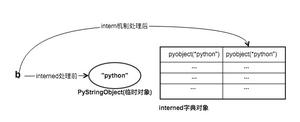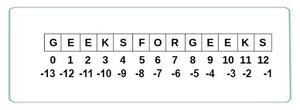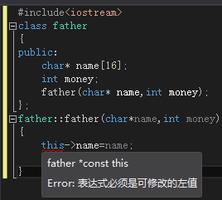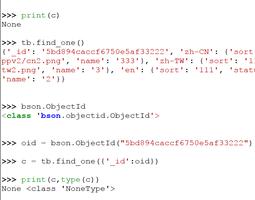Pythonindex()方法:检测字符串中是否包含某子串

同 find() 方法类似,index() 方法也可以用于检索是否包含指定的字符串,不同之处在于,当指定的字符串不存在时,index() 方法会抛出异常。
index() 方法的语法格式如下:
str.index(sub[,start[,end]])
此格式中各参数的含义分别是:
str:表示原字符串;
sub:表示要检索的子字符串;
start:表示检索开始的起始位置,如果不指定,默认从头开始检索;
end:表示检索的结束位置,如果不指定,默认一直检索到结尾。
【例 1】用 index() 方法检索“c.biancheng.net”中首次出现“.”的位置索引。
>>> str = "c.biancheng.net">>> str.index('.')
1
【例 2】当检索失败时,index()会抛出异常。
>>> str = "c.biancheng.net">>> str.index('z')
Traceback (most recent call last):
File "<pyshell#49>", line 1, in <module>
str.index('z')
ValueError: substring not found
同 find() 和 rfind() 一样,字符串变量还具有 rindex() 方法,其作用和 index() 方法类似,不同之处在于它是从右边开始检索,例如:>>> str = "c.biancheng.net"
>>> str.rindex('.')
11
以上是 Pythonindex()方法:检测字符串中是否包含某子串 的全部内容, 来源链接: utcz.com/z/523088.html








